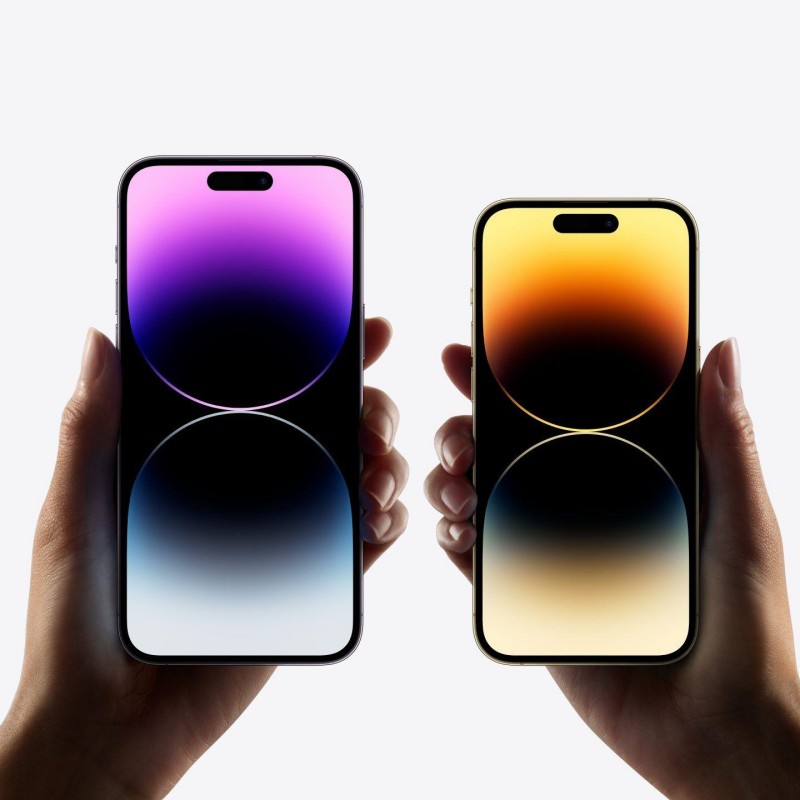In today’s fast-paced digital world, smartphones have become an integral part of our daily lives. Among the vast array of smartphones available, the iPhone stands out as one of the most popular devices. However, like all electronic devices, iPhones can face battery-related issues over time. One common query among iPhone users is about the cost to replace iPhone battery. Frequent use, app demands, and age can lead to decreased battery efficiency, leaving users wondering whether they should consider a replacement. This comprehensive article will delve into the factors that determine the cost to replace an iPhone battery, the steps involved in battery replacement, and tips for maintaining your iPhone’s battery health to prolong its lifespan. Whether you’re facing battery performance issues or are just curious about the costs involved, this guide will provide you with all the information you need.
Understanding iPhone Battery Performance
Before examining the specifics of the cost to replace an iPhone battery, it’s essential to understand how iPhone battery performance can affect your device’s usability.
Factors that Affect Battery Life
The lifespan of an iPhone battery can vary based on several factors, including:
- Usage Patterns: How often you use your iPhone and what features you commonly utilize play a large role in battery depletion. Heavy tasks, such as gaming or using GPS, can drain the battery faster.
- Battery Chemistry: iPhones utilize lithium-ion batteries, which have a limited number of charge cycles. As these cycles are completed over time, overall battery capacity diminishes.
- Software Version: Different software versions may affect battery efficiency and consumption. Apple often releases updates that can enhance battery performance or address issues.
- Environmental Factors: Extreme temperatures, whether hot or cold, can negatively impact battery life. Keeping your iPhone within recommended temperature ranges enhances battery health.
Signs of a Failing Battery
Recognizing the signs of a failing iPhone battery is critical for determining when a replacement may be necessary. Common signs include:
- Rapid Battery Drain: If your iPhone reaches unhealthy power levels quickly, and especially if it fails to last a day on a full charge, it may be time for a replacement.
- Unexpected Shutdowns: If your iPhone shuts down abruptly or randomly when the battery percentage still shows sufficient power, you likely have a failing battery.
- Overheating: A noticeable increase in the iPhone’s temperature during use or charging could indicate battery issues.
- Visible Swelling: In extreme cases, a defective battery can swell, lifting the device’s casing. If you notice this, immediate replacement should be considered for safety reasons.
Cost Analysis: How Much Does It Cost to Replace an iPhone Battery?
The cost to replace an iPhone battery can vary based on several factors, including model, service type, and location. Here’s a breakdown:
1. Apple Repair Services
- Standard Replacement Costs: Apple offers battery replacement services at a fixed rate. Generally, if your iPhone is under warranty or covered by AppleCare+, you may qualify for a discounted battery replacement. For out-of-warranty replacements, the cost typically ranges from 69to199, depending on the specific model.
- Models and Pricing:
- iPhone 6 and later (except iPhone SE): approximately $69
- iPhone SE: approximately $49
- iPhone 13 and newer: around 99to199
- Official Replacement Benefits: Opting for Apple’s services ensures you receive an original battery and professional installation, alongside a warranty on the service provided.
2. Third-Party Repair Centers
- Pricing Variability: Third-party repair shops often provide competitive prices for battery replacements. Typically, costs range from 40to100 depending on the location and specific shop rates.
- Quality of Service: Although third-party repairs may be cheaper, the quality of the battery and the expertise of the technician can vary. Hence, research reviews and check for warranties offered by the service center.
3. DIY Battery Replacement
- Cost of DIY Kits: For the tech-savvy individual, replacing your iPhone battery at home can save money. DIY kits that include tools and a new battery usually cost between 20to45.
- Risks and Considerations: However, undertaking a DIY battery replacement possesses risks. There’s the potential for damage to internal components, which may result in voiding your warranty. Patience and comfort with electronics are key to executing this option successfully.
Steps for Replacing Your iPhone Battery
If you decide to take the step to replace your iPhone battery, whether through a professional service or via a DIY approach, knowing the steps involved is useful.
1. Back Up Your Data
Before proceeding with any battery replacement, always back up your iPhone data. Use iCloud or iTunes to ensure important files are safe.
2. Choose a Replacement Method
- Apple Service: Schedule an appointment at an Apple Store or Authorized Service Provider.
- Third-Party Repair: Research and select a reputable repair service nearby.
- DIY: If comfortable, purchase a battery kit and follow the accompanying guide or video tutorial.
3. Prepare Your Workspace
- Set Up a Clean Area: Ensure you have a clutter-free workspace and all necessary tools at hand. Proper lighting will also help during installation.
4. Replace the Battery
- For DIY Replacement: Follow the manufacturer’s guide step by step. Pay close attention to detaching the screen and ensure you’re using the right tools.
- During Professional Replacement: Allow the technician to handle the replacement according to their process.
5. Verify the Installation
Once the new battery is installed, test its functionality by charging the iPhone. Observe how it performs and ensure there are no operational issues.
6. Restore Your Data
If you performed a full reset or used a new device, restore your data from the backups created earlier.
Maintaining Your iPhone Battery Health
After replacing your iPhone battery, taking steps to maintain its health can extend its lifespan. Here are some proactive measures:
1. Avoid Extreme Temperatures
Keep your iPhone within the recommended temperature range (32° to 95°F or 0° to 35°C). Avoid leaving it in hot cars or exposing it to extremely cold conditions.
2. Optimize Settings
Understand how to optimize battery usage through settings that can conserve power:
- Brightness Adjustment: Lower screen brightness or enable auto-brightness.
- Background App Refresh: Disable background refresh for non-essential apps.
- Location Services: Manage app access to your location settings proactively.
3. Use Charging Wisely
- Optimized Charging: Enable optimized battery charging to reduce the wear on a lithium-ion battery.
- Regular Charging Habits: Avoid letting your battery drop too low (below 20%) or becoming overcharged frequently.
4. Periodic Software Updates
Ensure that your iPhone’s software is updated regularly. Updates often include enhancements that can improve battery performance and overall device efficiency.
Signs You May Need a Battery Replacement Again
Even after replacing your battery, monitoring its performance is essential. Here are some indicators that you may need a follow-up replacement:
1. Recurrent Battery Drain
If you encounter rapid battery drain after a recent battery replacement, it may indicate that the new battery was faulty or that other components may be affecting performance.
2. Reduced Capacity
You can use apps that monitor battery health (like CoconutBattery for macOS or similar apps for iOS) to verify the health of your battery. Regular checks can help catch early signs of degradation.
3. Performance Throttling
If you notice sluggish performance, especially during high-intensity tasks, check if the device is managing the battery life appropriately. Older batteries may not adequately support newer software demands.
4. Physical Damage
Keep an eye out for physical signs, such as swelling or leakage around the battery housing. This could indicate serious issues that require immediate action.
Conclusion
The cost to replace an iPhone battery is a worthwhile investment for maintaining your device’s performance and longevity. With options ranging from official services to DIY replacements, users have the flexibility to choose according to their preferences and budget constraints.
Understanding the components that affect battery life, recognizing the signs of degradation, and implementing best practices for care can help you get the most out of your iPhone battery. As technology continues to evolve, the capabilities and efficiencies of smartphone batteries will only improve, ensuring that devices remain reliable companions for years to come.
Investing in a quality battery replacement—whether through Apple or a trusted service—combined with proactive maintenance will significantly enhance your iPhone experience and keep it functioning at its best. Remember to stay informed and proactive in managing your device, as a well-maintained battery translates directly to a better overall experience.